12 Origins of Wisconsin town names (and one other thing)
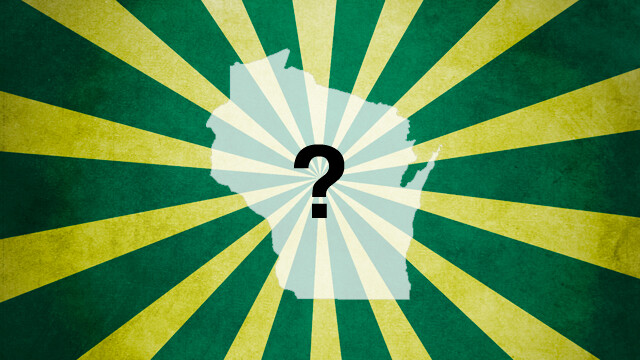
Wisconsin is notorious for towns with difficult to pronounce names. One of my favorite past-times as a Wisconsinite is watching my Minnesotan friend try to say “Oconomowoc”, which looks and sounds like she’s trying to cough up a brick. It’s no secret to any of us that we have the native american tribes that first settled this region to thank for many of our state’s lovely, though often tongue-paralyzing names. French explorers and traders were the first European explorers to reach what would become Wisconsin, and as they integrated themselves with the local tribes they adopted their names for settlements and points of interest. Because of this, the history of Wisconsin and the meanings behind its unique place names is a double helix of both French and Native American heritages.
So I dug a little deeper to find the meanings behind the names. Because of course I did. What I found was a story about water. Seriously. Most of Wisconsin's most iconic towns are named after water. Let's take a look at some of the more interseting name origin stories in Wisconsin's history.
1. Green Bay - "Stinking Bay" (French)
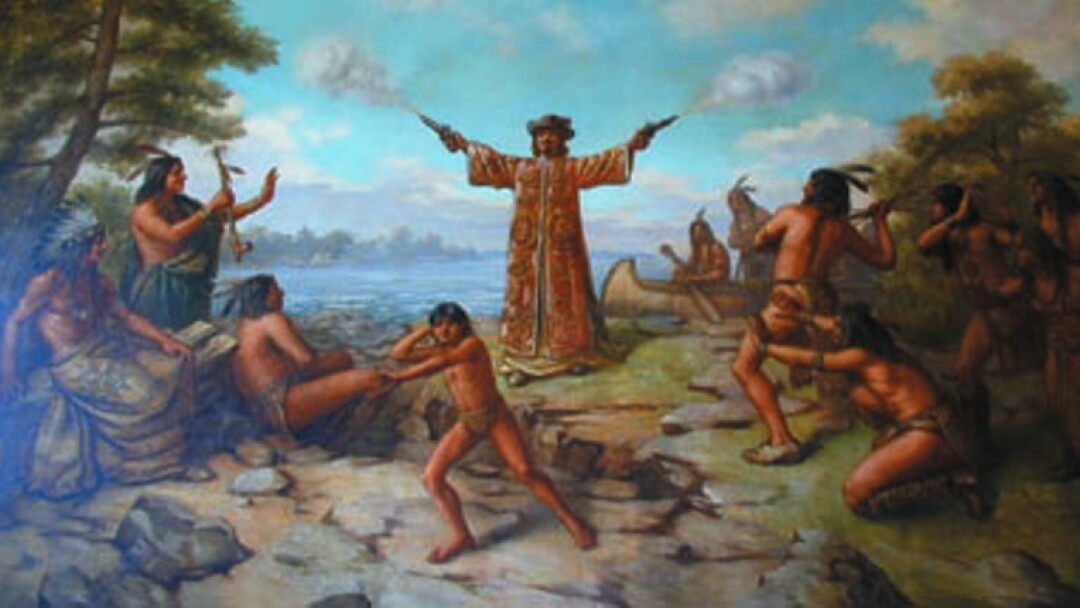
First settled by French explorer Jean Nicolet in 1634. Nicolet had traveled across Lake Huron from then New France (now Quebec) in search of expanding the fur trade industry and the forlorn hope that there would be a water route to Asia (him and everybody else; too bad they didn’t have Google Maps). The French translated ouinipeg (anglicized as Winnepeg) as “foul smelling waters” and gave the area the name Baye des Puants (bay of foul odors).
2. Eau Claire - "Clear Water" (French)
Legend has it that when French explorers first found the Eau Claire river after traveling down the muddy Chippewa River, they exclaimed: Voici l'eau claire!" ("Here [is] clear water!"). The phrase is also our city’s motto and appears on the city seal. Is it true? Who knows. If it did happen, I wager those Frenchmen were probably drunk.
3. Racine - "Root" (French & Potawatomi)
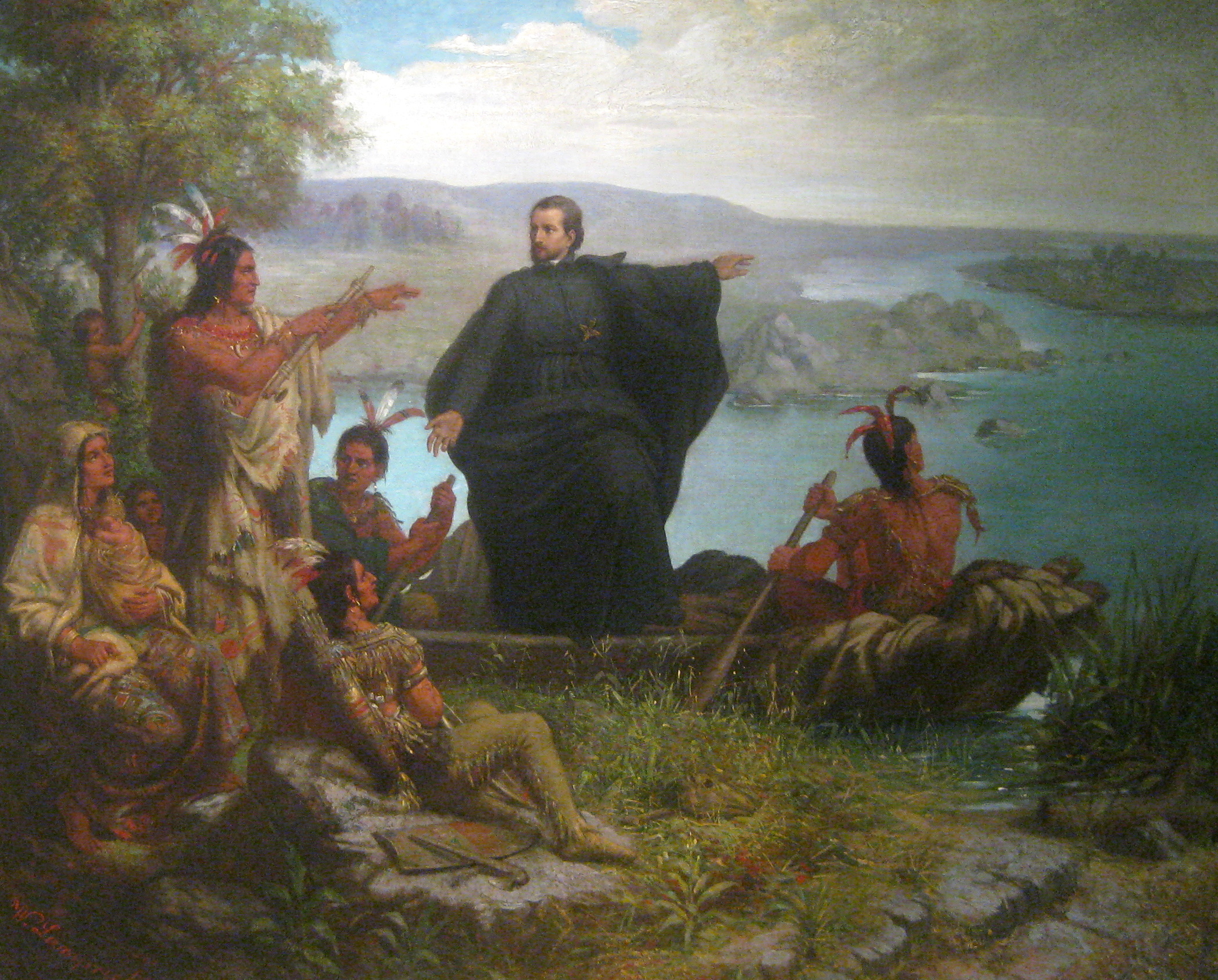
pointing at something.
Jacques Marquette (namesake of more than a couple of things in Wisconsin) was the first European explorer to enter what would become Racine County, but the first trading post wouldn’t be established until 1791. The area had been called "Kipi Kawi" and "Chippecotton" by the native Potawatomi, both of which are names for “Root River” (the modern name for the river running through the town) and the French adapted the original meaning by calling it Racine (French for root).
4. Door County - "Doors of Death" (French)
Both the Native American tribes and the French settlers of what would become Door County were aware of how treacherous the waters surrounding the peninsula were. Specifically, the straight between Door Peninsula and Washington Island was then known as the Porte des Morts (French for “doors of death”). It wasn’t long before the name stuck to the area.
5. Fond du Lac - "Bottom of Lake" (French)
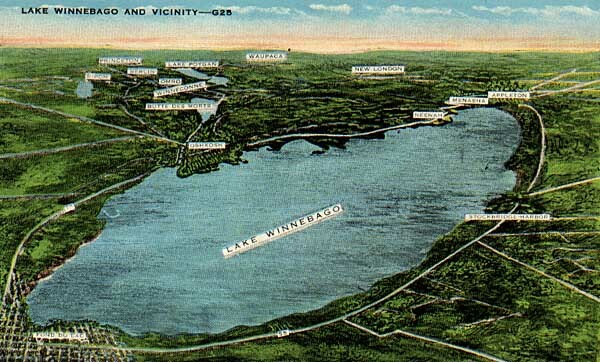
Here’s a relatively simple one. While the location that would become the city of Fond du Lac was originally part of the Ho-Chunk nation, the French settled it and gave it a name meaning “bottom of lake” because it’s at the bottom of Lake Winnebago. If there’s anything we’ve learned so far, it’s that the French explorers were ace namers.
6. Mequon - "Ladle" (Chippewa)
While local knowledge of the name translates it as “feather” or “pigeon,” a linguistic investigation reveals it to be derived from Miguan, the Chippewa word for “ladle” which referred to the nearby lake’s shape as similar to a Native American ladle.
7. Trempealeau - "Mountain with its Foot in the Lake" (French)
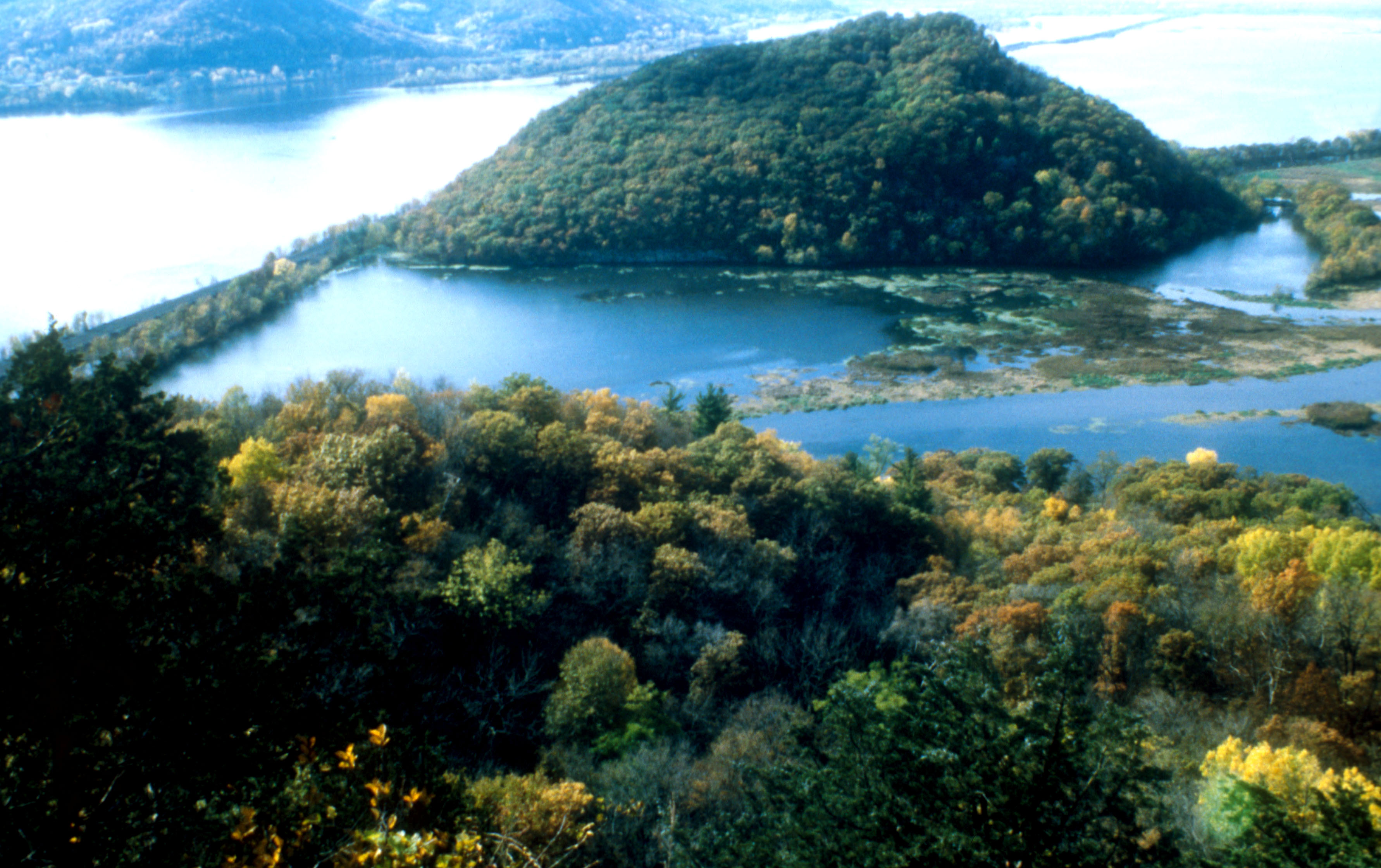
I take back what I just said about the French and their naming prowess. Trempealeau is named for the nearby mountain, which French explorers called “la montagne qui trempe à l’eau” meaning “the mountain whose foot is bathed in water.”
8. Milwaukee - "Gathering Place by the Waters" (Algonquian)
This one gets a little murky. Milwaukee was inhabited originally by several different tribes; Ho-Chunk, Potawatomi and Fox to name a few. It is most likely an Algonquian word with ties back to words for either “good/beautiful/pleasant land” or “gathering place by the waters.” The name of the river for which the area has its name was recorded by white settlers as “Milioke” in 1697 and again as “Milwacky” 1761. Honestly, where were all of the linguistic anthropologists?
9. Wausau - "Faraway Place" (French and Chippewa)
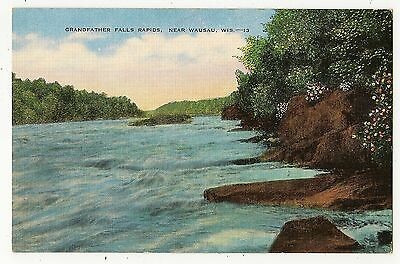
Here’s a hilarious example of lost in translation. The name Wausau derives from a Chippewa word meaning “faraway place.” French fur traders first used the word Bulle for it (French for bubbles, in reference to the rapids) which became anglicized as a popular name for the region “Big Bull Falls”. Because of the mistranslation of the French name for the region, some sources claim the name Wausau means “noise like thundering bull” in Chippewa (to reference the rapids). What a mess.
10. Sheboygan - "Waterway Between the Lakes" (Chippewa)
Among the first settlements by Nicolet and later marquette, the name derives from a Chippewa word meaning “passageway/waterway between the lakes” referring to the Sheboygan river that connected what would come to be known as Lake Michigan and Green Bay.
11. Oconomowoc - "Where Waters Meet" (Native American)
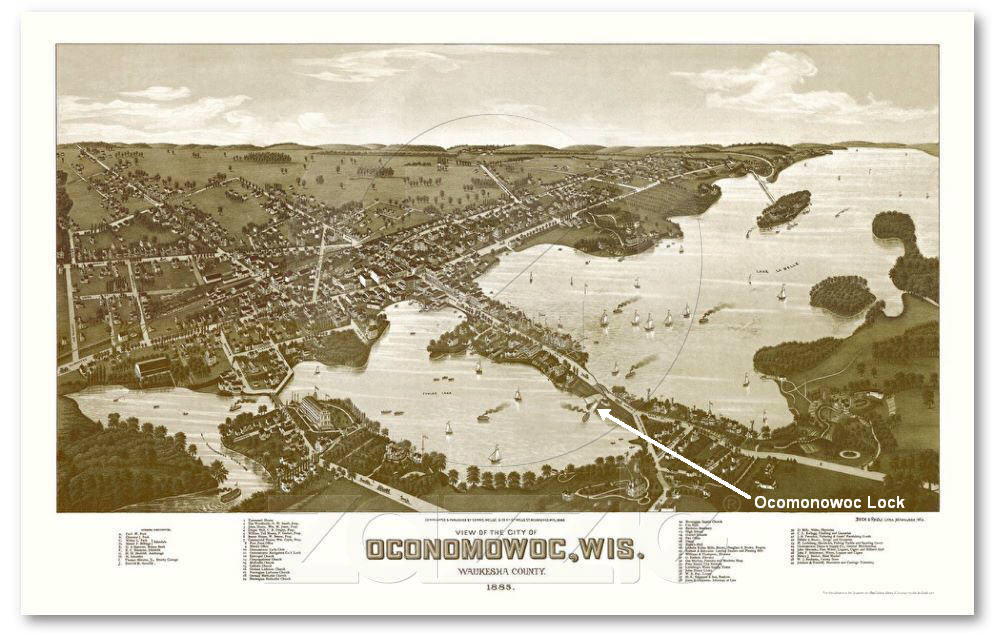
Native tribes called this area Coo-no-mo-wauk," or "Where the waters meet." It was a popular fishing, logging and trading area amongst different tribes until it was settled by western expansionists in 1834.
12. Kenosha - "Place of the Pike" (Menominee & Potawatomi)
This pike spawning ground went through two significant language changes even before being anglicized. The Menominee called it Kenusiw or “place of the long fish” and the Potwatomi who moved to the area much later, began calling the area Gnozehe or “place of the pike.” Early white settlers in 1836 began calling the area Pike Creek and it wasn’t long before the native words for the area were adapted into Kenosha.
BONUS: Wisconsin -"Place of the Gathering Waters or Red Stone Place" (Native American)
We cap off our linguistic adventure with a look at the state’s name itself. Most agree that the name derives from our state’s principal river, which French explorer Marquette was the first European to find. He called it Meskousing (does anyone else think that sounds a little too close to "mosquito?"), which would later be adapted by the French fur traders to Ouisconsin and eventually anglicized to Wisconsin. There is considerable debate as to the name’s original meaning, but it seems to come from either the Miami word for “red stone place” (referencing the red rocks of the Wisconsin Dells) or the Ojibwe word for “[place of] the gathering waters.”


















